Accelerate the SAP BW Reporting Layer with SAP Data Warehouse Cloud
Category: SAP HANA Posted:Sep 16, 2020 By: Ashley Morrison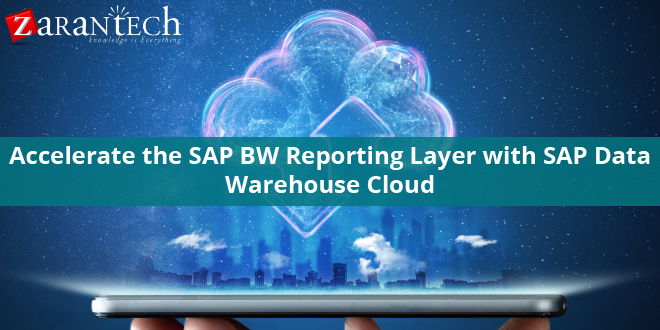
SAP BW 3.5 was just launched with the objective of duplicating invoicing papers from SAP R/3. It is a real learning experience to finally see data streaming into the info dices. In this article, I will first be presenting the principle of the LSA and the layered strategy to data warehouse architecture.
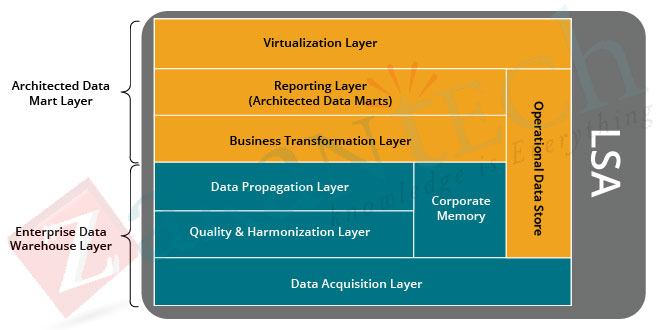
The Reporting Layer
SAP specifies the reporting layer as a logical grouping of “objects that are used to perform queries for analysis.”
I can vouch for the advantage and the cost of adequately executing the reporting layer. On the benefit side, my users enjoyed acceptable query performance. Nonetheless, the price for user satisfaction would certainly call for regular intervention such as:
- Time-slice data into multiple cubes or numerous dso’s.
- Combine all data providers with each other under the union action of a multi-provider.
- Build and manage multiple info cube aggregates.
- Create secondary indexes for dso’s.
Ultimately, the struggle to maintain marginal query performance cost increasingly more storage, supporting long-running overnight batch procedures, daily effort to fix process chain failures, and complexity in future development cycles. The reporting layer has truly overgrown in complexity.
Reporting Layer Swap
I recommend that any individual facing a comparable situation (yet not prepared to migrate a whole SAP BW system to SAP BW/4HANA) must consider changing the reporting layer utilizing SAP DWC. Since SAP DWC runs on SAP HANA and SAP DWC is a cloud solution, one can swiftly reap advantages like streamlining the data architecture and boosting query performance.
To make the “swap” to SAP DWC, strategy to replace data carriers within the reporting layer with tables and sights within a DWC space. Keep in mind: a DWC space is container thing (comparable to an info area) that stores tables, views, and other objects.
A modified BW LSA architecture integrates SAP DWC spaces for the reporting layer could resemble the following:
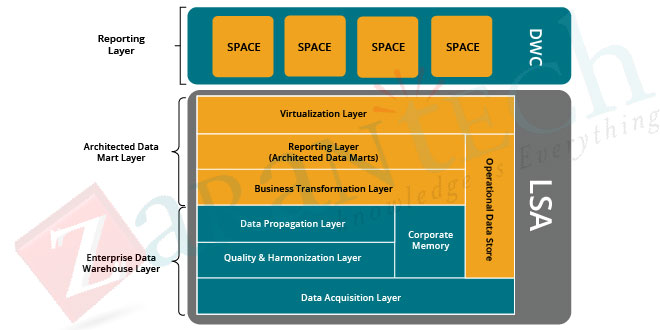
Before and After Examples
See for an instance data flow showing how one may use SAP Data Warehouse Cloud as a reporting layer replacement and an accelerator. Notice that the number of duplicate data copies decreases from 5 to two. In the BW LSA instance, a permanent copy of the data exists in the harmonization layer, business transformation layer, and each object in the reporting layer. In the BW LSA + DWC example, a permanent copy of the data exists in the harmonization layer and once in DWC.
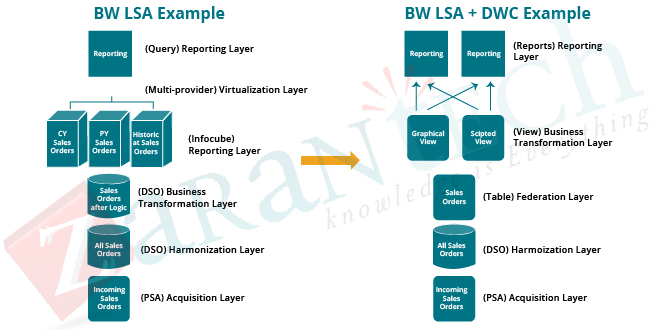
Next Steps
Looking at the initial years of data warehouse development, I now value the positive impact in-memory technology can have on the SAP BW system. The LSA concept works extremely well yet eventually, the underlying information storage innovation becomes a bottleneck affecting all layers of the LSA. For a BW system working on a traditional database, SAP DWC may offer the appropriate next step to restore performance and simplicity– all starting with the reporting layer.
Conclusion
Want to figure out more about SAP Data Warehouse Cloud, feel free to visit our website.
We at ZaranTech offer a self-paced online training program for SAP HANA, where individuals get trained on various aspects of SAP HANA including the deployment and more.
Happy Learning!
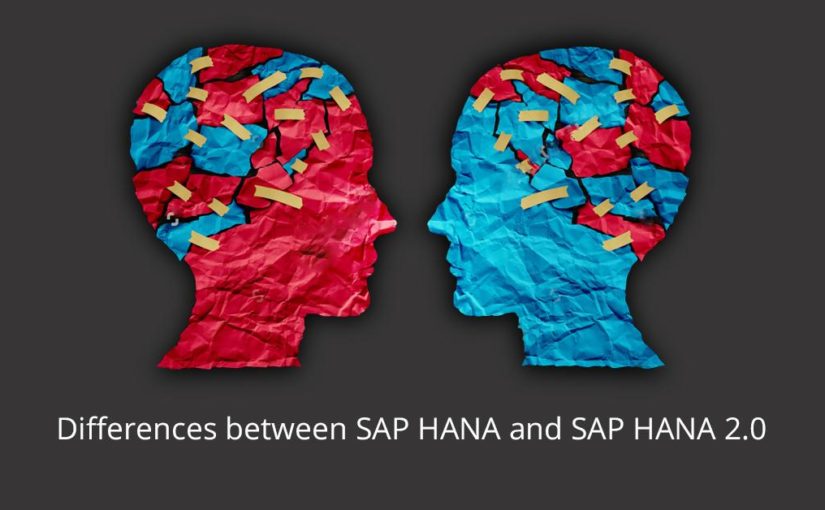

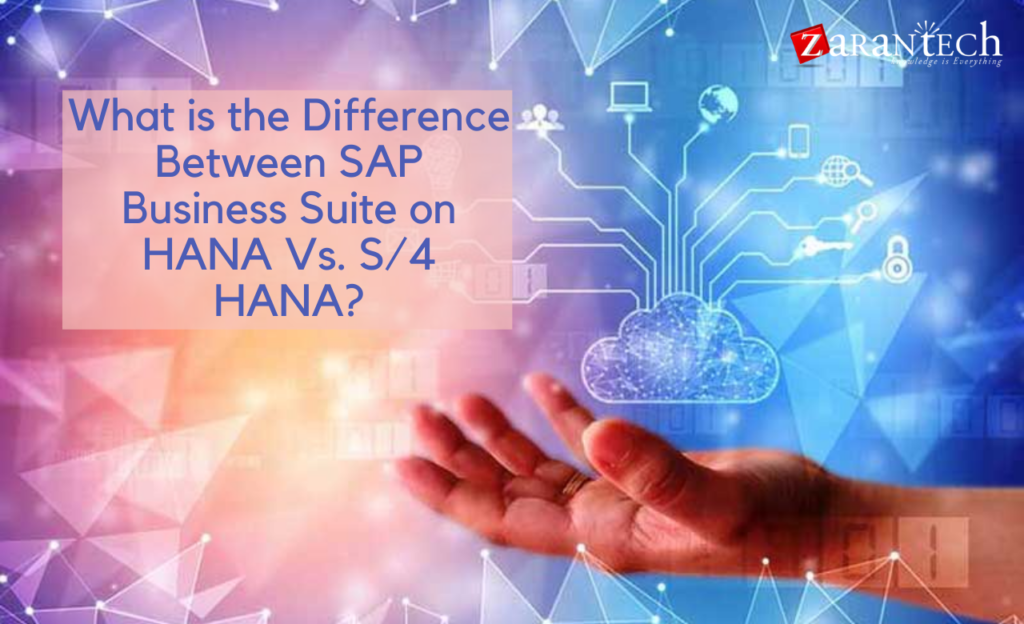

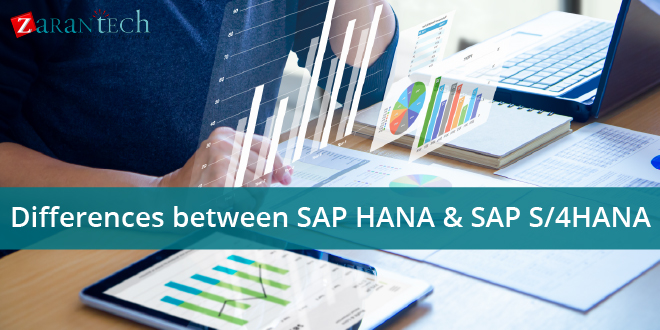
 99999999 (Toll Free)
99999999 (Toll Free)  +91 9999999
+91 9999999